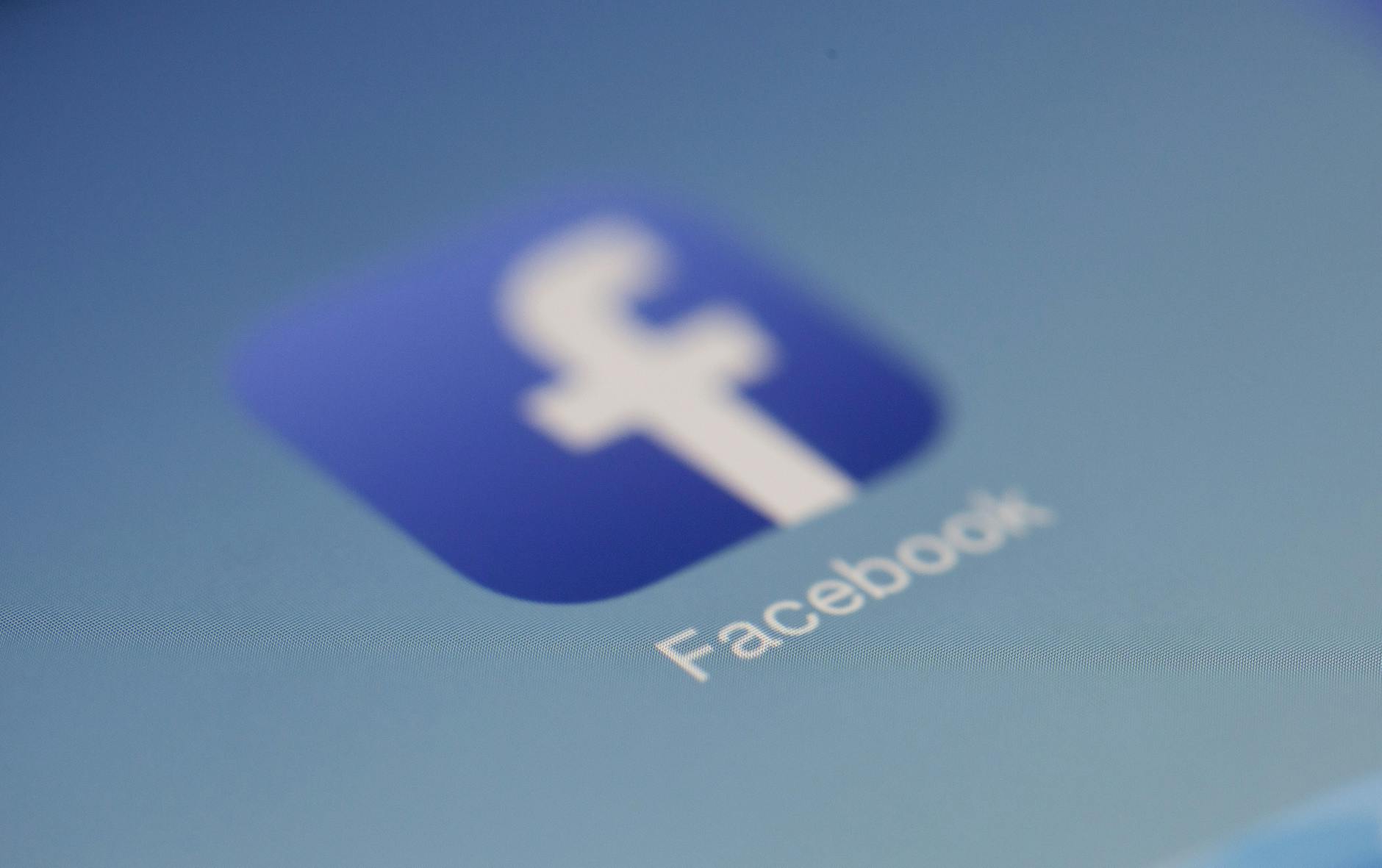Unleash your creativity with our step-by-step guide on crafting memorable logos that will captivate audiences and elevate your brand.
Table of Contents
Creating a logo is an essential step in establishing your brand identity. A well-designed logo can help your business stand out from competitors, build brand recognition, and convey the values and personality of your company. In this guide, we will explore the key considerations and best practices for designing a logo that captures the essence of your brand.
Importance of Logo Design
Your logo is often the first point of contact between your brand and your audience. It appears on your products, marketing materials, website, and more, serving as a visual representation of your business. A well-designed logo can leave a lasting impression on customers and help establish credibility and trust.
Key Elements of a Logo
A successful logo typically includes several key elements, including:
- Simplicity: A simple design is more memorable and versatile.
- Relevance: The logo should reflect your brand’s identity and values.
- Scalability: Your logo should look good in all sizes and formats.
- Uniqueness: A unique logo helps your brand stand out from competitors.
Designing a Logo
When designing a logo, it’s important to start with a clear understanding of your brand identity and target audience. Consider the message you want to convey and the emotions you want your logo to evoke. Brainstorm ideas and concepts that align with your brand values and personality.
Once you have a concept in mind, it’s time to bring your logo to life. Whether you choose to create your logo yourself or hire a professional designer, it’s crucial to pay attention to the details. Experiment with different fonts, colors, and layouts to find the perfect combination that captures the essence of your brand.
Protecting Your Logo
After you’ve created your logo, it’s essential to protect it from unauthorized use. Registering your logo as a trademark can help safeguard your brand identity and prevent others from using a similar design. In addition to trademark registration, you may also consider registering your logo as a design to protect its visual elements.
| Step | Description |
|---|---|
| 1 | Understand The Brand: Research target audience, brand values, and unique selling points. |
| 2 | Brainstorm Ideas: Generate a variety of concepts based on research and creativity. |
| 3 | Sketch Designs: Start sketching logo ideas on paper to visualize concepts. |
| 4 | Digitalize Designs: Use design software to create refined versions of sketches. |
| 5 | Choose Colors Wisely: Select colors that represent the brand and appeal to the target audience. |
| 6 | Typography Matters: Use fonts that are legible and reflect the brand’s personality. |
| 7 | Keep It Simple: Avoid clutter and aim for a clean, memorable logo design. |
| 8 | Feedback & Refinement: Gather feedback from stakeholders and refine the logo based on input. |
| 9 | Trademark Protection: Ensure the logo is unique and consider trademark registration. |
Regularly monitoring your logo’s use and taking action against infringement can help maintain the integrity of your brand and protect your intellectual property rights.
Conclusion
Get
Your logo is a crucial element of your brand identity and can have a significant impact on how customers perceive your business. By following the key considerations and best practices outlined in this guide, you can create an eye-catching logo that effectively communicates your brand’s values and resonates with your target audience.
How important is a logo for a business?
A logo is crucial for a business as it serves as a visual representation of the brand, helping customers identify and connect with it.
What are the key elements of a successful logo?
A successful logo should be simple, relevant, scalable, and unique to help the brand stand out and be easily remembered.
How can I protect my logo from unauthorized use?
You can protect your logo by registering it as a trademark to prevent others from using a similar design without permission.
What should I consider when designing a logo?
When designing a logo, consider your brand identity, target audience, and the emotions you want to evoke. Experiment with fonts, colors, and layouts to create a design that reflects your brand values.

